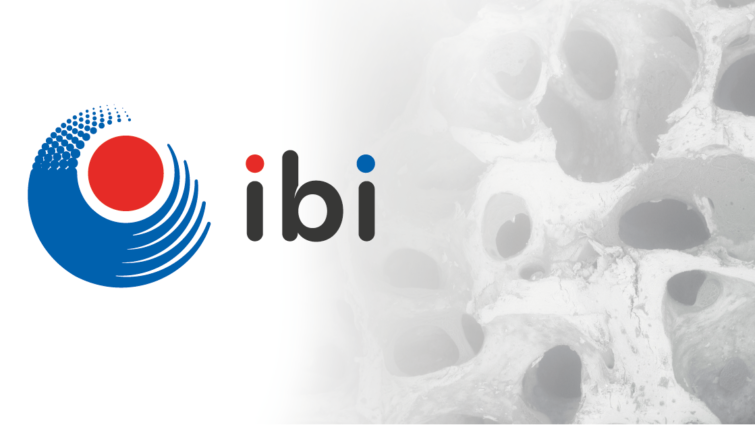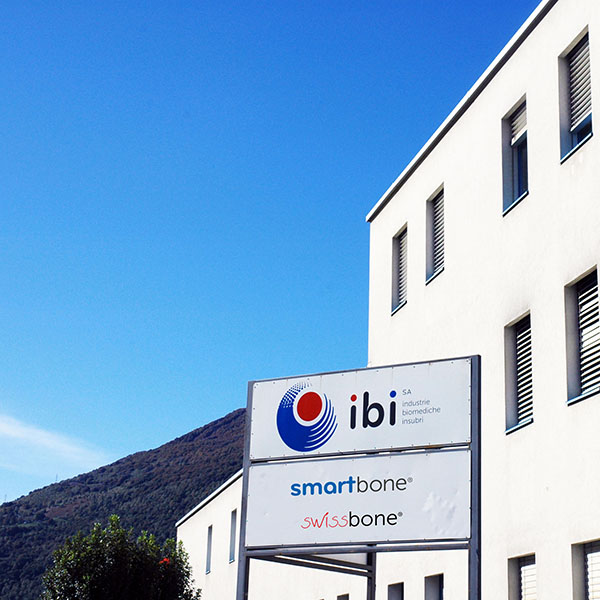CLOSE

Date:
2018
Journal:
Materials Science and Engineering Congress
Author:
R. Piana, M. Boffano, P. Pellegrino, N. Ratto, L. Rossi, G. Perale
Link:

INTRODUCTION – Chondrosarcomas (CS) are bone and less frequently soft tissues tumors, composed of pathologically transformed chondrocytes. CS represent about 30% of all bone cancers and are known to be aggressive and poorly responsive to chemotherapy and radiotherapy. Surgery is hence the election approach, which, in big limb-located masses, might in some cases lead to amputation (1). Within a clinical study, we developed a fixation–free surgical technique to treat femoral CS, ensuring both immediate loading and robust bone regeneration.
METHODS – A 44-yrs old female was diagnosed with I grade CS of left proximal femur that had spared the external cortical lamina (fig. 1). A window made with the intact cortical lamina, opened as a flap, was used to access tumor, where a deep lesion curettage was performed. The accurately cleaned cavity was then filled with SmartBone® (SB) blocks (I.B.I. SA, Switzerland) and finally the cortical lamina was closed back in position (fig 2). SB is a biohybrid bone graft, composed of a bovine-derived mineral porous matrix, reinforced with resorbable polymers and functionalized with RGD-containing collagen fragments (2). Compact positioning of duly shaped SB blocks within void volume, along major stress directions, together with SB high mechanical properties, allowed avoiding fixation devices.
RESULTS – Surgical follow-up proceeded well and neither complications nor pain nor site morbidity were recorded. Clinical recovery allowed immediate progressive load bearing until reaching complete functional restoration in short time. SB grafts osteointegration and bone remodelling process were well evidenced by X-rays imagining already after 3 months follow-up (fig. 3): increasing bone density and good mineralization were visible and comparable to control healthy district.
DISCUSSION & CONCLUSIONS – This new approach to low invasiveness bone reconstruction post CS curettage in the proximal femur was made possible thanks to surgical approach saving healthy cortical lamina and precise positioning of SB within cavity along major stress directions, together with biomaterial high mechanical performances. Moreover, preserving the closed environment of the clean cavity acted as a “living bioreactor”, enhancing SB integration and remodelling, favoured by immediate load bearing. This meant faster overall recovery, already evident after 3 months post-op, and better patient outcome, also for the avoidance of a second surgery for osteosynthesis removal.

IBI SA
Industrie Biomediche Insubri SA
via Cantonale 67, CH-6805 Mezzovico-Vira, Switzerland
t. +41 91 93.06.640
f. +41 91 220.70.00